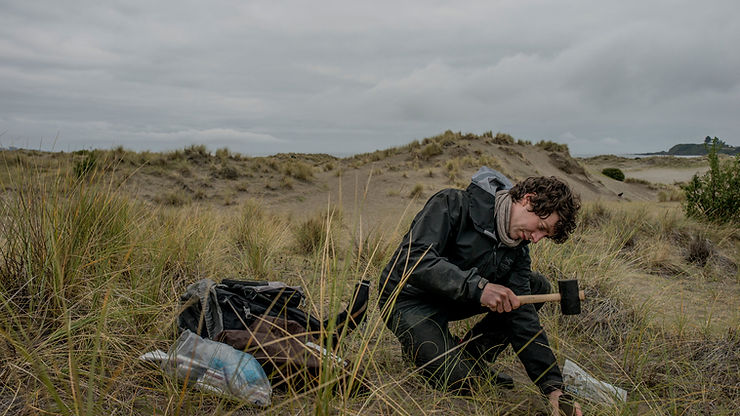By: Sophie Tian
As atmospheric carbon dioxide levels rise, mycologists have rediscovered a possible climate solution in the form of fungi. Mycelium networks, or mushrooms’ underground root systems, can take in and break down carbon. They made life possible in the first place.
500 million years ago, aquatic plants began transitioning onto land. For tens of millions of years, before plants became independent, mycelium networks served as their roots. During that time, primitive plants and their mycelium networks lowered carbon dioxide levels by 90 percent and enabled advanced life to develop.
Merlin Sheldrake is a biologist and author who believes that fungi can help protect life on Earth. “Fungi produce antiviral compounds which reduce colony collapse disorder in bees. In mycoremediation, fungi break down pollutants. In microfabrication, fungi produce sustainable materials, from bricks to leather,” said Sheldrake. “Fungi can change the way we think.”
Mycelium networks are crucial in forest ecosystems. They can break down toxins, sequester carbon, and break down sequestered carbon into carbs which fertilize the soil around them. Fertile soil, in turn, supports life and improves biodiversity. The healthier plants are, the more carbon the land can sequester, drawing carbon dioxide out of the atmosphere and into the ground.
Sheldrake’s not the only one interested in this idea. Many other scientists are speaking publicly about the possibility of using fungi to fight climate change.
To protect the planet, we just have to let fungi grow. Unfortunately, that’s not as easy as it sounds. “Fungi are neglected in conservation frameworks,” said Sheldrake. He partners with organizations like Fungi Foundation, which works to conserve fungi. “Part of the challenge is raising awareness of fungal life and the vital roles they play in the biosphere. When we destroy fungal communities, we undermine ancient support systems that make so much of life possible.”
“The solutions are right underneath our feet,” said Stamets, leading mycologist. “If we join with fungi, we can change the future for the better.”











